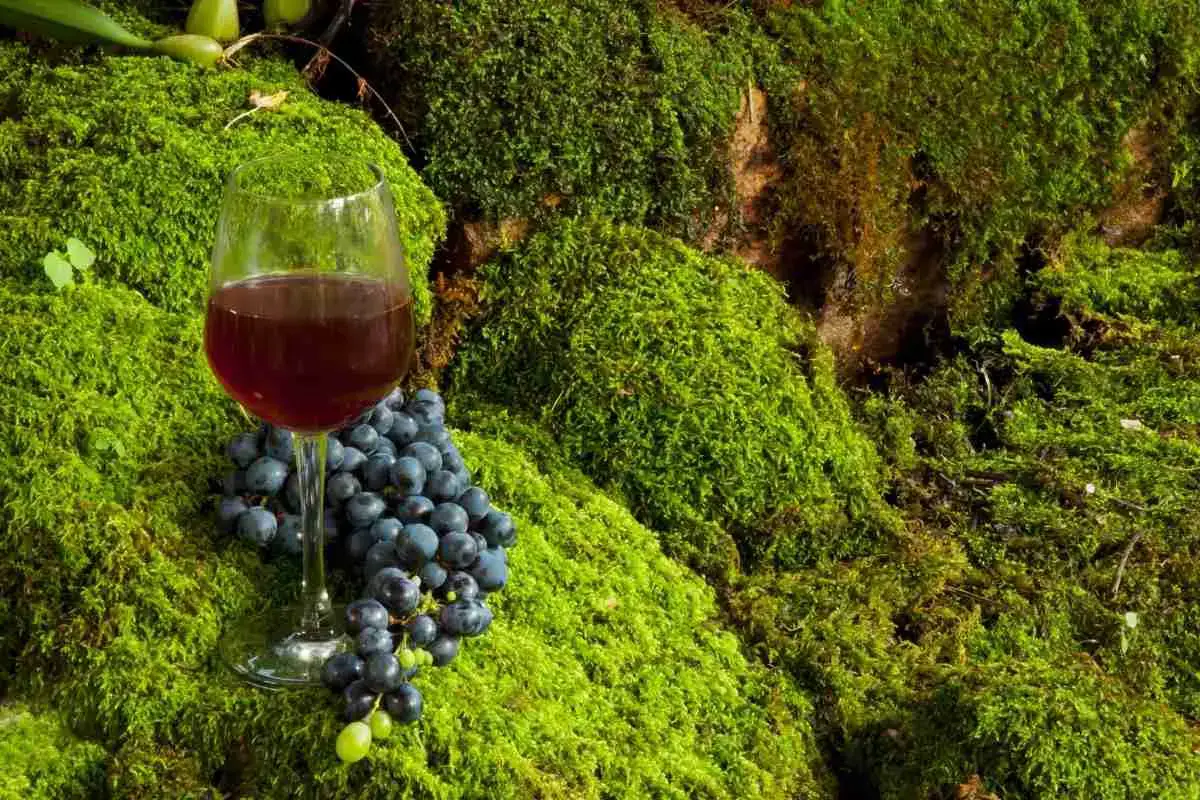
Is Moss Edible? Top 5 Edible Mosses
Read more
How to grow moss without moss. And why you’d rather not
Read more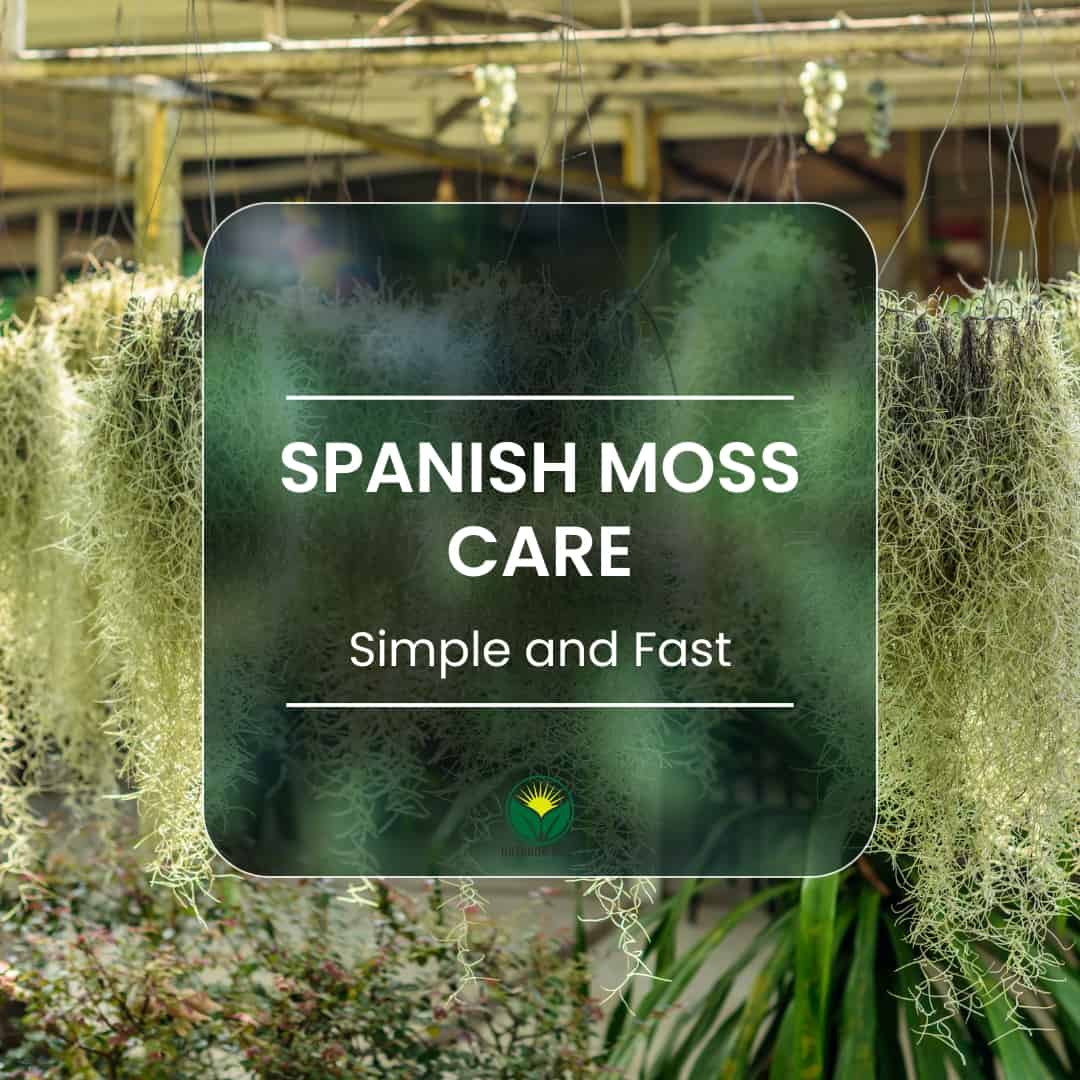
The best way to care for Spanish moss (Tillandsia usneoides). Simple and fast
Read more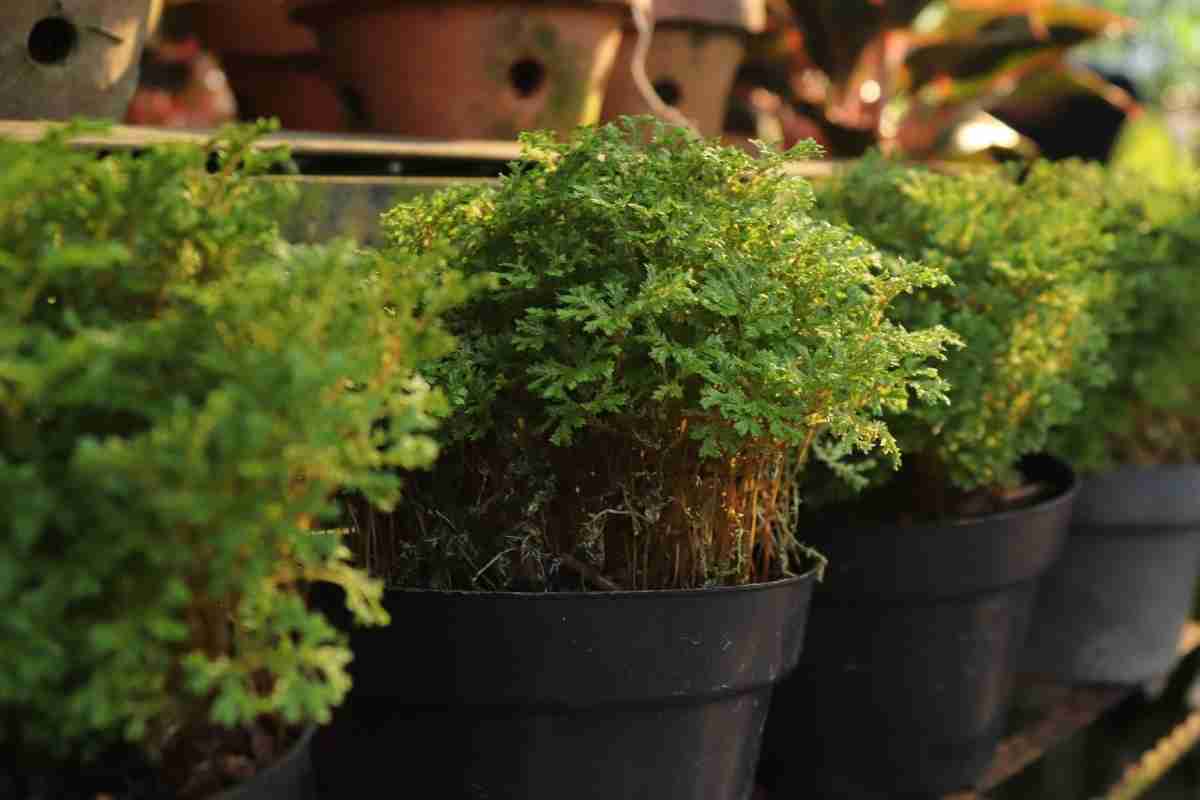
Is Moss Good For Plants? (Indoor & Outdoor Plants)
Read more
How to Grow Moss with Yogurt? Step By Step Guide!
Read more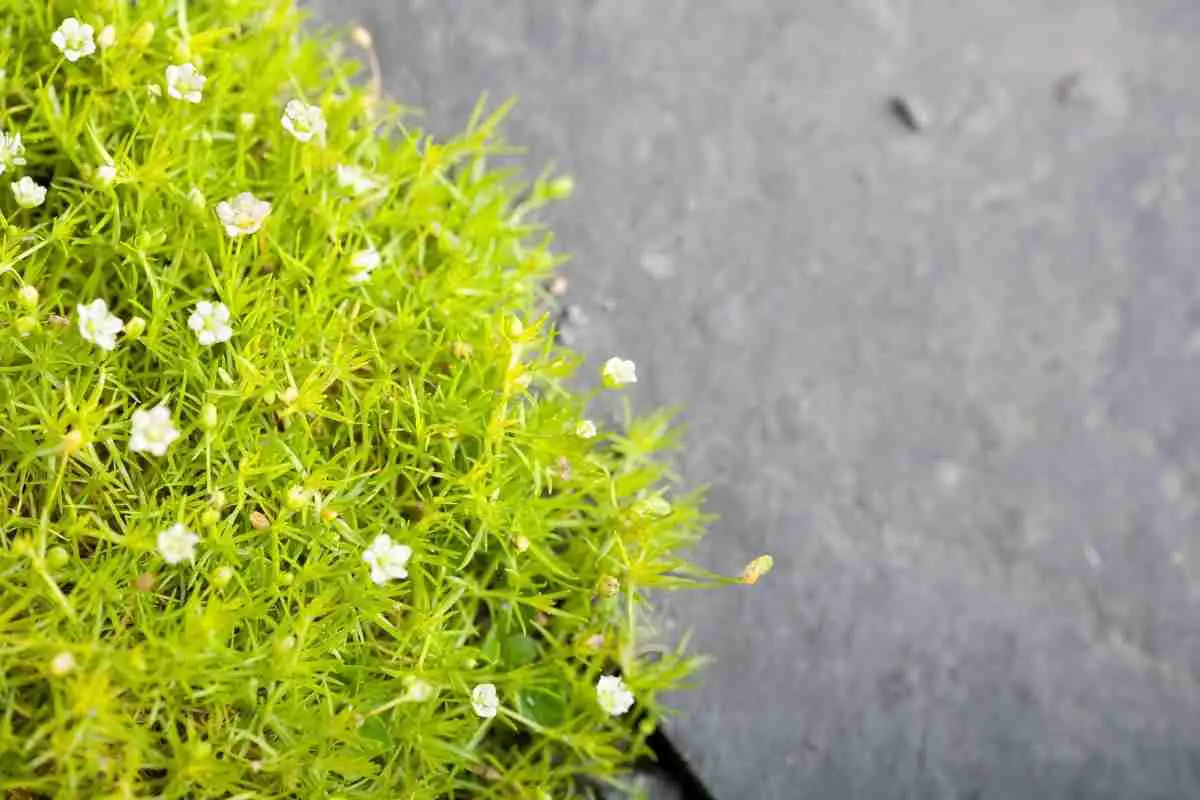
How Fast Does Irish Moss Spread?
Read more
7 Easy Tips To Make Moss Grow Faster!
Read more
The Benefits of Moss on Bonsai: Unlocking Green-thumb Secrets
Read more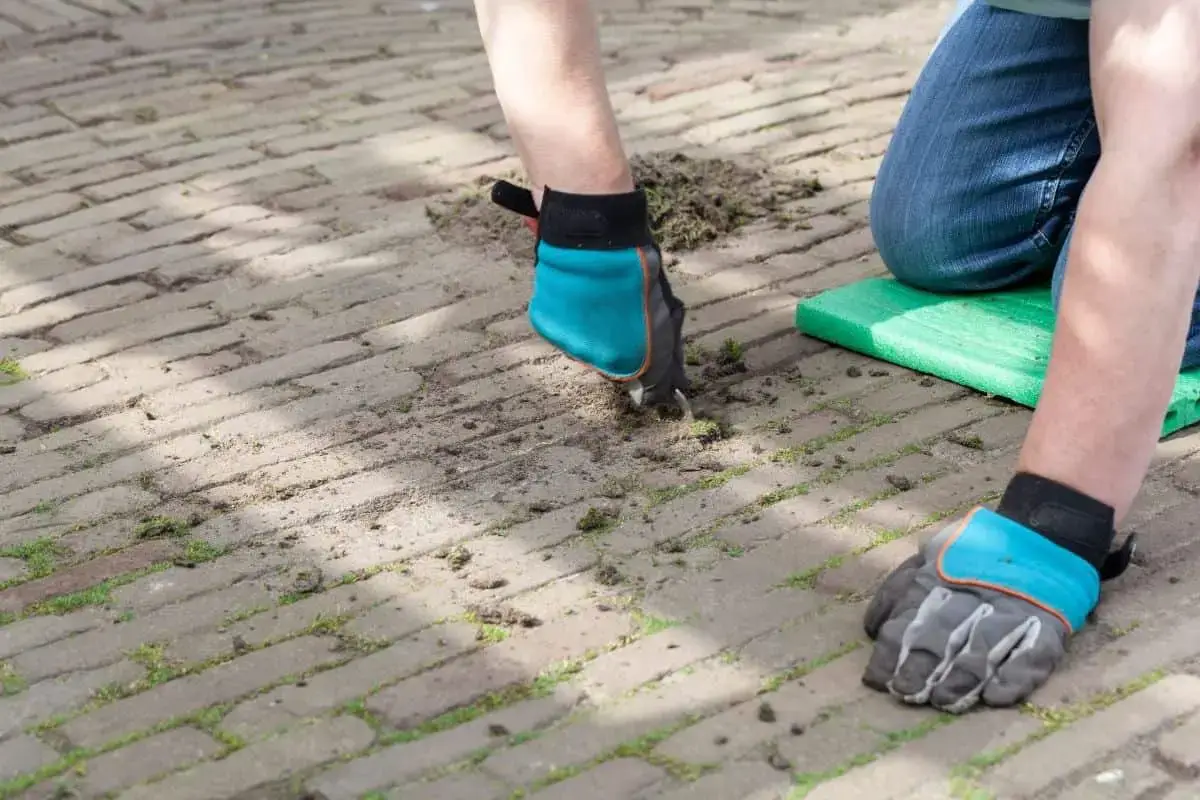
7 Tools Perfect For Removing Moss Between Pavers!
Read more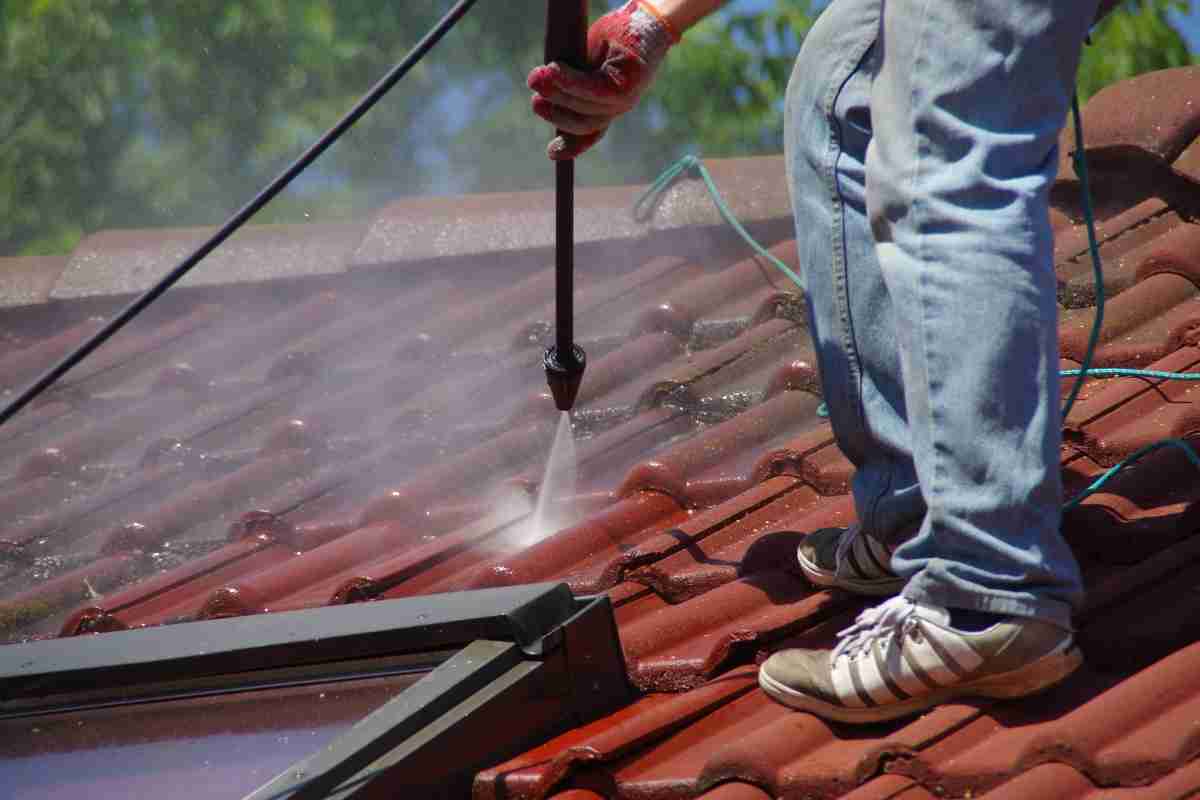
How To Remove Moss From A Roof With Vinegar?
Read more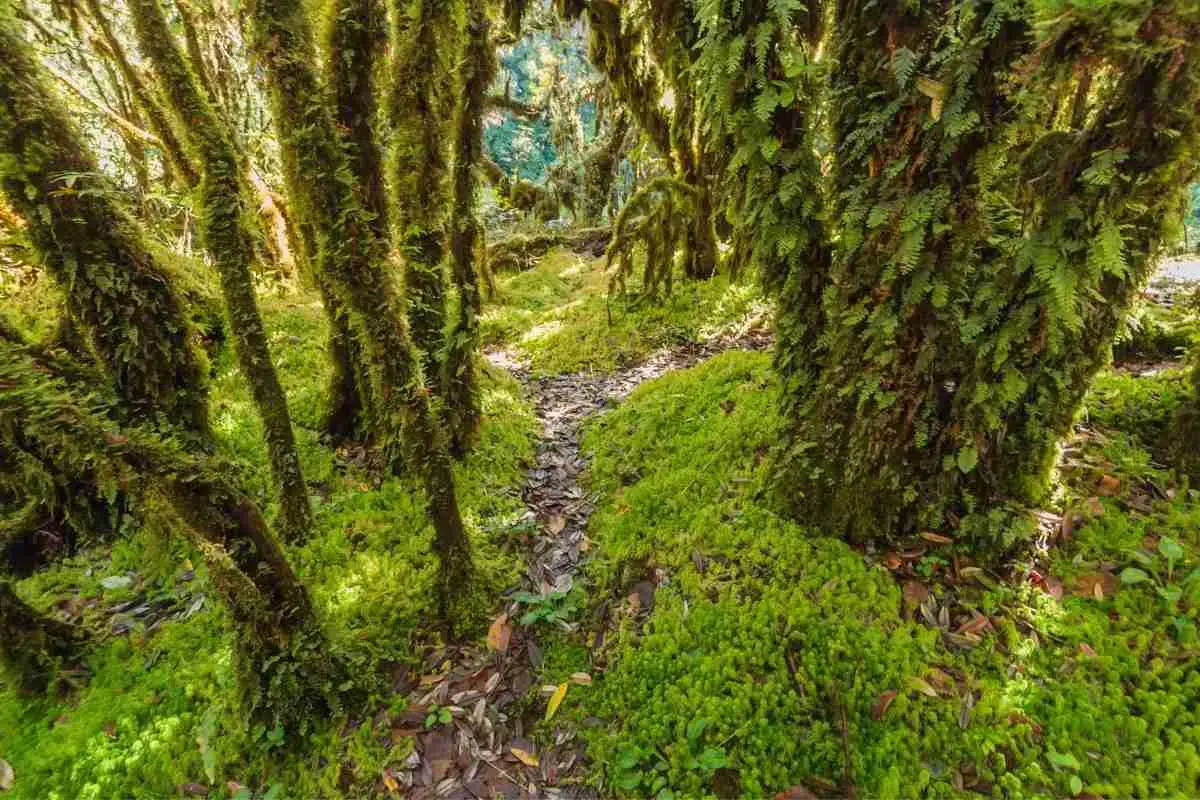
8 Types Of Moss That Grows On Trees
Read more